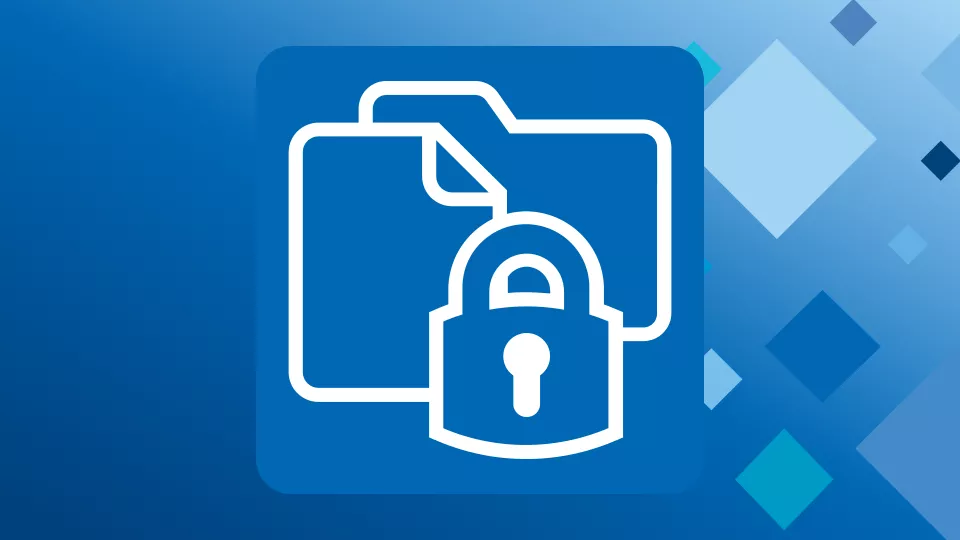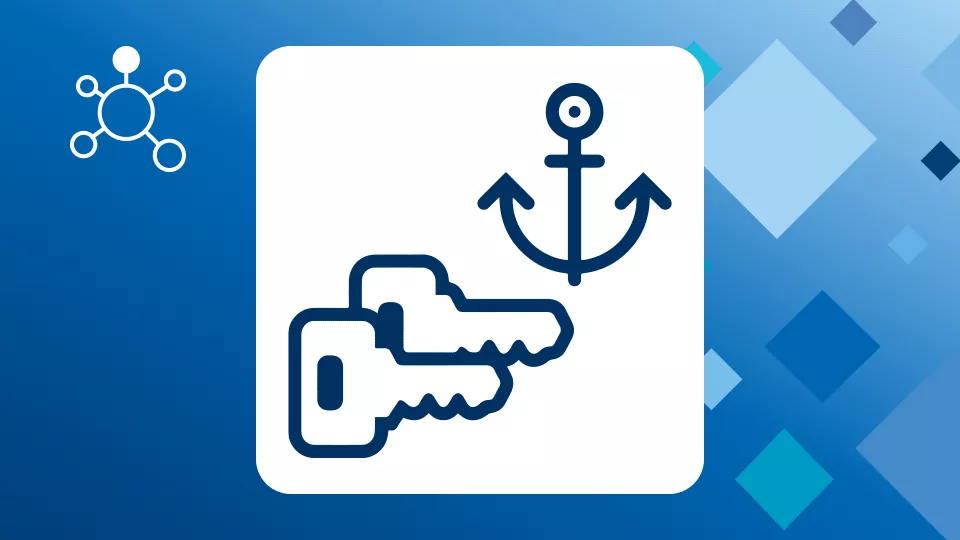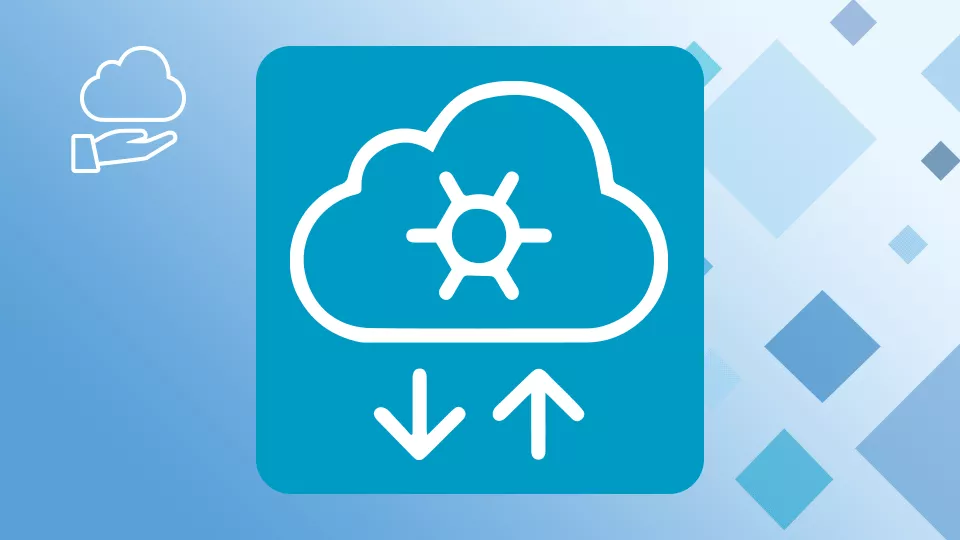In the era of digital transformation, the debate surrounding cloud migration and its security is now of paramount importance – a topic that can no longer be avoided. As an increasing number of organizations embrace cloud services, there is a greater need than ever for large-scale data storage and proficient data management.
The migration of data to the cloud introduces a host of distinctive cloud security considerations. This includes the complexity of the migration process which could also lead to potential data loss and breaches, amplifying the stakes for organizations. Furthermore, the shift to cloud adoption and infrastructure opens up new avenues for cybercriminals to exploit vulnerabilities, potentially compromising the assumed level of protection.
Recognizing and understanding the risks associated with cloud migration is not only effective but also imperative for organizations.
A proactive understanding of these challenges empowers entities to navigate the migration process with heightened awareness, reinforcing their security posture in the face of evolving cyber threats.
The Benefits of Cloud Migration
Investing in cloud technology creates numerous advantages, particularly advantageous when dealing with large amounts of customers data. Notably, increased security, scalability, and flexibility emerge as key benefits in this transformative landscape.
Firstly, cloud migration significantly enhances security measures by offering a fortified environment for data storage and access. Through this transition, businesses gain access to the latest security technologies and best practices, ensuring a robust defense against evolving cyber threats.
Moreover, the scalability afforded by the cloud proves instrumental. Businesses can effortlessly scale their operations up or down as per requirements, streamlining processes and optimizing resource utilization. This scalability feature not only enhances operational efficiency but also contributes to cost savings by eliminating the need for extensive infrastructure expansion, particularly if there is a lack of skilled individuals within an organization.
In addition to security and scalability, cloud adoption introduces a new level of flexibility to business operations. The cloud empowers organizations to swiftly deploy new applications and services, fostering agility and responsiveness. This agility is pivotal in adapting to dynamic market conditions, allowing businesses to remain competitive and flexible.
In essence, the strategic investment in cloud technology also unlocks the potential for operational efficiency, cost savings, and heightened adaptability, making it a pivotal asset for organizations managing extensive customer and internal data.
Common Concerns when Migrating to the Cloud
When organizations decide to transition to the cloud, there are several concerns they need to address to ensure a smooth and secure migration. Here are some key considerations:
Security and Safety:
- Data Security: Ensuring the security of data is crucial. Organizations should implement robust encryption protocols and access controls to protect sensitive information.
- Network Security: Organizations must secure their network connections to the cloud to prevent unauthorized access and data breaches.
- Identity and Access Management (IAM): Implementing strong IAM policies helps control access to resources and reduces the risk of unauthorized access.
Data Protection:
- Data Backup and Recovery: Organizations should have a solid backup and recovery strategy in place to protect against data loss or corruption.
- Compliance with Data Protection Laws: Ensure compliance with data protection regulations (e.g., GDPR, HIPAA) to avoid legal consequences and protect user privacy.
Sovereignty:
- Data Location: Be aware of the physical location of data centers hosting your cloud services. Some regulations require data to be stored within specific geographic boundaries.
- Jurisdictional Issues: Understand the legal and regulatory environment of the countries where your data is stored to ensure compliance.
Legal Conformity:
- Contractual Agreements: Review and negotiate service level agreements (SLAs) with cloud service providers to ensure they meet legal and business requirements.
- Compliance Audits: Regularly audit and assess the cloud provider's compliance with industry standards and regulations.
Espionage/Sabotage by Other States:
- Vendor Security: Choose reputable cloud service providers with strong security measures in place.
- Continuous Monitoring: Implement continuous monitoring and threat detection mechanisms to identify and respond to suspicious activities promptly.
It's important to note that security in the cloud is a shared responsibility between the cloud service provider and the organization. While the provider secures the infrastructure, organizations are responsible for securing their data and applications within the cloud.
To address these concerns effectively, organizations should conduct a comprehensive risk assessment, stay informed about evolving security threats, and continuously update their security measures to adapt to new challenges. Additionally, engaging with legal and compliance experts can help navigate the complex regulatory landscape associated with cloud computing.
Cloud Migration Challenges
Addressing the following challenges requires a strategic and comprehensive approach, including ongoing training, resource planning, talent acquisition, financial management, and a robust cybersecurity strategy to ensure a successful and secure transition to the cloud.
- Know-How: Overcoming the learning curve and ensuring the organization possesses the necessary expertise in cloud technologies and practices.
- Capacities: Addressing potential limitations in the scalability and performance of cloud resources to meet the demands of the organization.
- Human Resources: Ensuring the availability of skilled personnel who can effectively manage and optimize cloud-related tasks and operations.
- Financial Resources: Managing costs effectively and allocating sufficient budget for the adoption, maintenance, and optimization of cloud services.
- Secure and Sovereign Cloud Architecture: Establishing a secure and sovereign cloud architecture that aligns with organizational requirements, emphasizing the principle of "Bring Your Own Security" to maintain control and compliance.
When organizations migrate to the cloud, it's essential to retain a level of control and sovereignty to address various concerns such as security, compliance, and operational management.
- Cloud Platform as a Service: Navigating challenges associated with the adoption and integration of cloud platform services for developing and deploying applications.
- Cybersecurity: Mitigating the risks and vulnerabilities associated with cybersecurity in the cloud, including data breaches, unauthorized access, and other cyber threats.
Measures for Key Control in the Cloud
The following acronyms are commonly used in the IT and cybersecurity industry to describe specific approaches to managing encryption keys and ensuring data security, particularly in cloud-based or hybrid environments:
Bring your own Key (BYOK)
This is a scenario in which users or organizations bring their own encryption keys to protect their data in a cloud environment. It adds an extra layer of control and security by allowing users to manage their own encryption keys instead of relying solely on the cloud service provider.
Hold your Own Key (HYOK)
Similar to BYOK, HYOK emphasizes the importance of maintaining control over encryption keys. In a HYOK scenario, the organization retains complete control and ownership of the encryption keys, ensuring that the cloud service provider has no access to the keys used to encrypt sensitive data.
Bring your own Encryption (BYOE)
BYOE is a more general term that includes bringing your own encryption keys (BYOK) as well as other aspects of encryption processes and technologies. It represents a model in which organizations have the capacity to bring their own encryption solutions and practices to protect their data in a variety of computing environments.
Understanding and implementing concepts like BYOK, HYOK, and BYOE are integral steps for organizations seeking to bolster their data security strategies, providing them with greater control and assurance in the increasingly complex landscape of cloud computing and information technology.
Secure Migration to the Cloud
Secure cloud migration encompasses several key security principles, including confidentiality, authenticity, and integrity. These principles are fundamental to maintaining a secure and trustworthy computing environment, especially when transitioning to cloud-based solutions. Ensuring the security of data and applications stored or hosted in the cloud, as well as the cloud itself, is a primary goal shared by all parties involved.
Data Protection in the Cloud - Data Encryption
Employ encryption for data at rest and in transit. This ensures that even if unauthorized access occurs, the data remains unreadable. Use industry-standard encryption algorithms and key management practices to ensure:
- Role-based access - Protection of personal, sensitive, and business-critical data from unauthorized access, independent of the storage location
- Persistent encryption, protecting external and internal data
- Data processing for administration and users remains the same, with no changes to employees workflows
- Strict functional separation for key management, backup, and network management
- Protection of data at rest and in-transit where data remains consistently encrypted
- Password-based encryption for external communication
Key Management & Storage - Measures for Key Control in the Cloud
Key Management Services (KSM) are a common component in cloud services. These are used to generate, store, use and destroy cryptographic key material. In cloud platforms, where customers deploy their own applications, the KMS is often made available to customers to secure the services they have built on the cloud platform.
Ensure a key management service that allows you to manage cryptographic keys for a cloud service in:
- Central Key Management - Consolidation of all key management processes
- Readily available - Integrated high availability and clustering
- Disaster recovery - Scheduled key backups are integrated
- User-friendly - Role-based assignment of keys, definitions of policy groups and task separation
- Scalablility - Supporting changing circumstances with the ability to support numerous individuals and unlimited keys.
- Protection of signing keys, including encryption and decryption of sensitive data from Microsoft 365 to Azure Cloud
Key Generation - Measures for Key Control in the Cloud
Key generation and control are critical aspects of securing data in the cloud. Essential measures ensure that cryptographic keys, which play a pivotal role in securing sensitive information, are managed securely.
- Employ Hardware Security Modules (HSMs) for storing cryptographic keys securely
- HSMs ensure key generation, storage, identities, database management, key exchange, encryption and decryption
- Employ HSMs that have been designed to meet the needs and standards of a wide range of uses cases and market segments that also address various levels of performance and security, including regulation mandates.
Recommendations
By adopting these measures, organizations can establish a robust key control framework in the cloud, enhancing the overall security of their data and applications. The implementation of these measures contributes significantly to enhancing the overall security of data and applications, fostering a resilient and trustworthy cloud environment.










